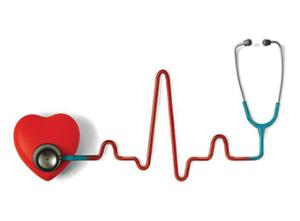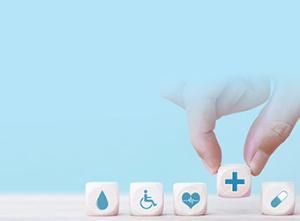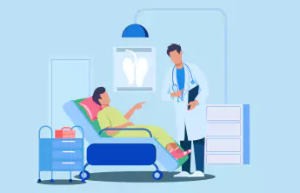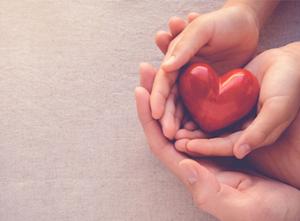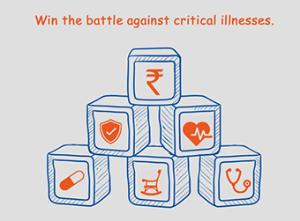The Financial Burden of Living Post a Critical Illness
Blog Title
949 |
Sumaya asked Rajiv, ”What are you calculating so seriously? Too much office homework! You’ve been at all Saturday and half of today too. We are going to that dinner tonight, aren’t we?”
“Of course Sumaya, we are. I’m almost done! And this is not office work…this is insurance planning for Critical Illnesses for ourselves. Don’t look so astonished. We are healthy now. Come now, get ready to go out…I shall tell you all about it on the long drive to the party”.
Why Critical Illness is so grave
When a major illness strikes, it not only means large costs for medical care but it also puts tremendous pressure on the family to manage living expenses while the patient recovers.
Today, diseases like cancers, cardiovascular diseases, chronic respiratory diseases, and diabetes are the chief killers in the subcontinent just these four diseases account for 60% of total deaths in India. The country’s disease burden is only expected to increase, as the incidence of heart disease and diabetes is projected to double, and cancer cases are expected to increase by 25%.
When such an illness strikes, families often experience high rates of depression and practical & financial hardships. Many employees get basic health insurance cover from employers. But when a major illness hits, funds are scarce.
Critical Illness Care is Expensive
Cancer alone accounts for 7% of deaths in India. Just the cost of diagnostics i.e. CT Scans, PET Scans, MRIs, FNAC, biopsy and other diagnostics come up to around Rs. 1,00,000 (Rs. 1Lakh). After this is a treatment regimen that includes radiation and chemotherapy costing many more lakhs. Treatment costs differ from city to city, as healthcare costs are much higher in larger cities.
With cancer drugs & treatment running into several lakhs of rupees, patients often abandon the treatment rather than risk financial ruin.
Similarly, an angioplasty costs anywhere from Rs 1 lakh to Rs 3.5 lakh. Other advanced procedures are more effective, but also more expensive.
With hospitals investing heavily in super-specialty equipment that runs into several crores of rupees, costs for treatments vary widely depending on location, tests, procedures and hospital. Incidental costs like ICU admission, treatment for new infections, etc. can eat up a family’s personal savings.
World Health Organization statistics say that there is a 26% probability that a person between 30 and 70 years could die of any of the four non-communicable diseases in India.
What are the Common Critical Illnesses?
Apart from cancer, common critical illnesses include first heart attack, stroke, paralysis and kidney failure. These need treatments like Heart transplant, Coronary bypass surgery, Angioplasty, Kidney failure and major organ bone marrow transplantation.
Why Critical Illness is riskier than Death
Surviving a Critical illness can have a much larger impact in the long term on the financial life of the entire family, even more than death. Here’s how:
- Lower Income: The ailing family member may have to withdraw from a high-paying challenging role, and take up a more relaxed job, which would result in reduced income.
- Family members need to spend more time attending to this ailing family member. An earning spouse could have to curtail her work hours and hence reduce her earnings. Heavy expenses on medical treatment and investigations
- Modifications may be required to the house in cases where a person is bed-ridden,etc.
- No chances of upgrading your Health Insurance, once a critical illness has been diagnosed
- Fixed living expenses like EMIs, Utility Bills would not stop.
Thus, while the death of an earning family member results in a sudden loss of earnings and financial security in the family, a critical illness can turn out to be a larger financial risk for the entire family. It is therefore extremely important that you consider protecting your family against this financial risk with a Critical Illness Insurance Policy.
How does Critical Illness rider work?
A Critical illness cover provides you for a fixed lump-sum benefit, which you can use as you may deem fit. Features are:
- The benefit is paid by the Insurance Company as a lump-sum, irrespective of what costs you have actually incurred.
- The benefit is payable on diagnosis of the ailment, and does not require any hospitalization, or any kind of treatment to be carried out.
- The benefit is paid only if you survive the survival period mentioned in the policy.
The main objective is to provide financial support at a time when a number of different financial pressures are likely to strike at the same time. By easing the financial burden of all these costs, the lump sum payable under Critical Illness benefits provides peace of mind and eases the stress of a difficult situation.
“So what are waiting for? Let’s buy a comprehensive protection plan online tomorrow itself!,” smiled Sumaya, checking herself out in the car mirror as she stepped out on to their host’s driveway.




